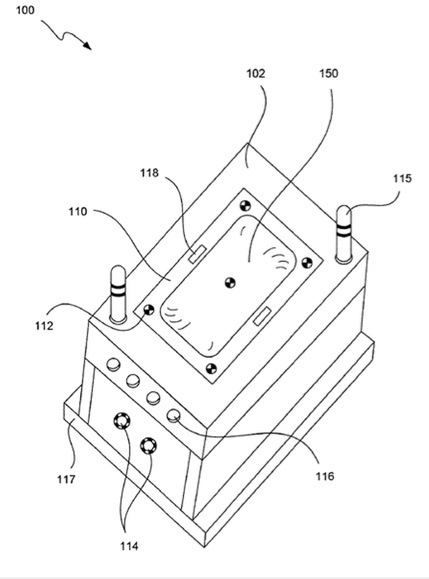Social collaboration is expected to gather momentum over the next few years in Australia, and this trend is complementary to a more collaboration-focused business climate. This was the finding from the newly released “Frost & Sullivan Australian Social Collaboration Market 2012” (www.frost.com).
According to Audrey William, head of research, ICT Practice, Frost & Sullivan ANZ, one of the main factors accelerating the adoption of social collaboration solutions is the growing importance of smart devices in an enterprise environment.
“The proliferation of smart devices is driving a significant change in the way employees access corporate applications,” she says. “Additionally we will start seeing more of the Unified Communications solutions incorporate social media and collaboration as part of its solution” she said. The consumerization of IT has brought about a new aspect of communicating in the marketplace and vendors are incorporating a more social collaboration in all aspects of new offerings and this is across contact centres, e-mail, videoconferencing, mobility, and collaboration.”
Big data also brings about a whole new aspect to social collaboration. It will be very powerful in the future for companies to understand the deeper aspects of social collaboration in the cloud, through information on mobile devices, websites and social platforms. Social analytics will grow in importance as it will provide organizations with greater intelligence and measurements on social collaboration activities.
“That will be the foundation of helping them benchmark themselves against competition as well as deepen their understanding of what is currently lacking as part of their overall product, marketing or customer service strategy,” says Williams. ” It is still early days and this area will evolve over time and there will be huge opportunity for vendors in the analytics and business intelligence space to develop social collaboration analytical tools.”
Social collaboration will also impact and transform other markets beyond enterprise collaboration. The integration of various communication channels, especially the e-mail and Instant Messaging (IM) is a result of the transformation.
“E-mail will continue to be relevant, however e-mail will be more social in nature in the coming years,” Anand Balasubramanian, industry analyst, ICT Practice, Frost & Sullivan ANZ says. “We are already witnessing that sort of innovation from vendors in the marketplace.”
The integration of social media with enterprise collaboration will also greatly benefit the contact centre industry, as the capabilities of contact centre agents will be improved by the integration of analytics with customer information, enabling agents to better collaborate with other agents and departments to assist the customer across multiple channels (voice, e-mail, chat).
The social collaboration market was initially identified as having a number of small players, each offering similar, identical services. However, the market is evolving towards an integrated platform approach in which the e-mail and IM forms are combined with social collaboration, voice, video and other applications. Unified-Communications (UC) vendors and Customer Relationship Management (CRM) providers are in a good position to leverage this demand and are beginning to include social collaboration capabilities and building these as strengths in their portfolios.
As part of the research, Frost & Sullivan surveyed 210 IT decision makers in Australia to understand market behaviour and views towards Social Collaboration. Some of the key findings include:
° Close to 34% of organizations are at the inception stage of social collaboration adoption and are in the process of evaluating the role and scope of social collaboration as a part of an overall strategy.
° Microsoft, Google, Cisco and IBM were rated as the preferred vendors for social collaboration solutions
Going forward, Frost & Sullivan expects further consolidation in the market, with only a small number of players dominant by end of 2013.



